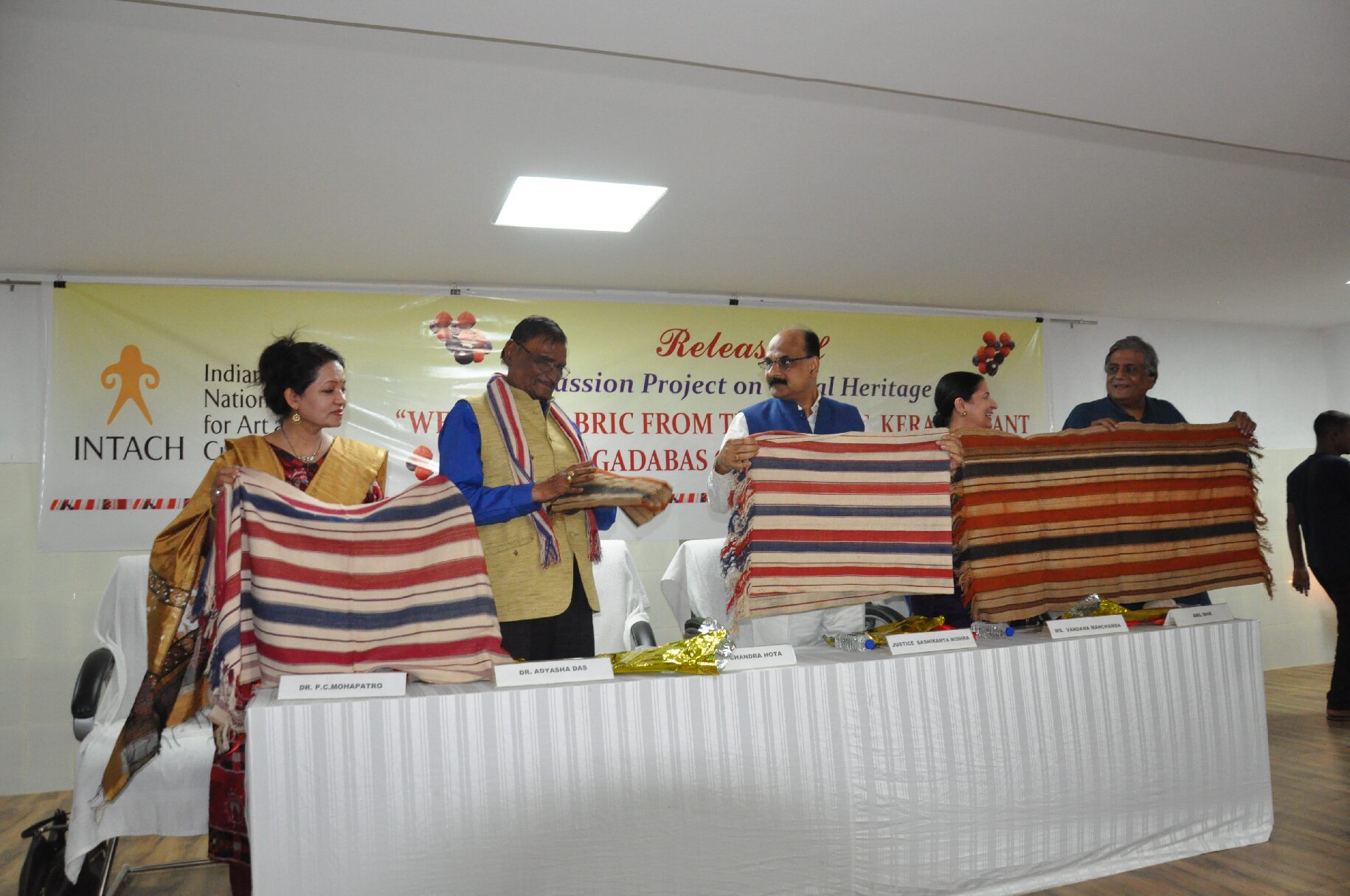Indian education system lacks the required flexibility over the years, which is very much required to take it to the next level and make it truly global in approach and practicality. In Budget 23, the government has focused on the reorientation of education and skills according to the aptitude of the youth and the demands of the future.
No one can deny that ‘Youth Power’ is the answer to some of the biggest problems of the world including India. What is needed here is harnessing and unlocking the youth power through skilling, training and education, so that they could reach their full creative potential. The first budget of Amrit Kaal has given special attention to the youth, strengthening the very foundations of the education system and making it more practical and industry oriented.
Indian education system lacks the required flexibility over the years, which is very much required to take it to the next level and make it truly global in approach and practicality. In Budget 23, the government has focused on the reorientation of education and skills according to the aptitude of the youth and the demands of the future.
It is for the first time that an equal emphasis is being given to both education and skilling as part of the new educational policy, which unburdens the students from the obsolete regulations and processes of the past. The new technological revolution in recent years is helping a lot in the process by creating new types of classrooms with unrestricted access to all, blurring the considerations like region and distance. For example, SWAYAM- an e-learning platform with 3 crore members, is doing a lot of good to the students who otherwise were not able to access quality education.
Moreover, the possibility of ‘Virtual Labs’ and ‘National Digital Library’ will be a robust medium of taking the knowledge system to a maximum number of people in the country, which the Centre has proposed in its budget. Similarly, the opportunity to study in local languages through DTH channels along with many other digital and technology-based initiatives, is going to give a big boost to the education and skilling process and the National Digital University will provide this process with much more strength.
Without a doubt, such futuristic steps are going to change the entire space of our education, skills and knowledge-science. The variety of teaching materials going to be available for our educational institutions will open new doors of opportunities for the teachers also. Now, the role of our teachers will not be limited only to the classroom, rather they will be a strong element to be involved in filling the gap between village and city schools.
Considering the international trend of emphasizing ‘on-the-job learning’, the Centre is also taking several steps for internships and apprenticeships to give exposure to the youth outside the classroom.
The encouraging results are for all to see. Today, there are about 75,000 employers on the National Internship Portal, where requirements for 25 lakh internships have been posted so far. The industry and educational institutions can make maximum use of this portal, and can further expand the culture of internship, which will make our youth future-ready. In the process, a provision of a stipend made available for about 50 lakh youth under the National Apprenticeship Promotion Scheme, is immensely helping create a skilled workforce. The Pradhan Mantri Kaushal Vikas Yojana 4.0 is also focused on skilling, reskilling and upskilling lakhs of youth. A special focus has been made in the budget to create a skilled workforce for Industry 4.0 sectors like AI, Robotics, IoT, and Drones. PM Vishwakarma Kaushal Samman Yojana emphasizes skilling traditional artisans, handicraftsmen and artists to prepare them for a new market and earn better prices. Finally, it is encouraging that both academia and industry are coming closer to collaborate to accelerate the skilling, re-skilling, up-skilling and on-job-training processes, however, they need to be hastened to bear desired results.






































